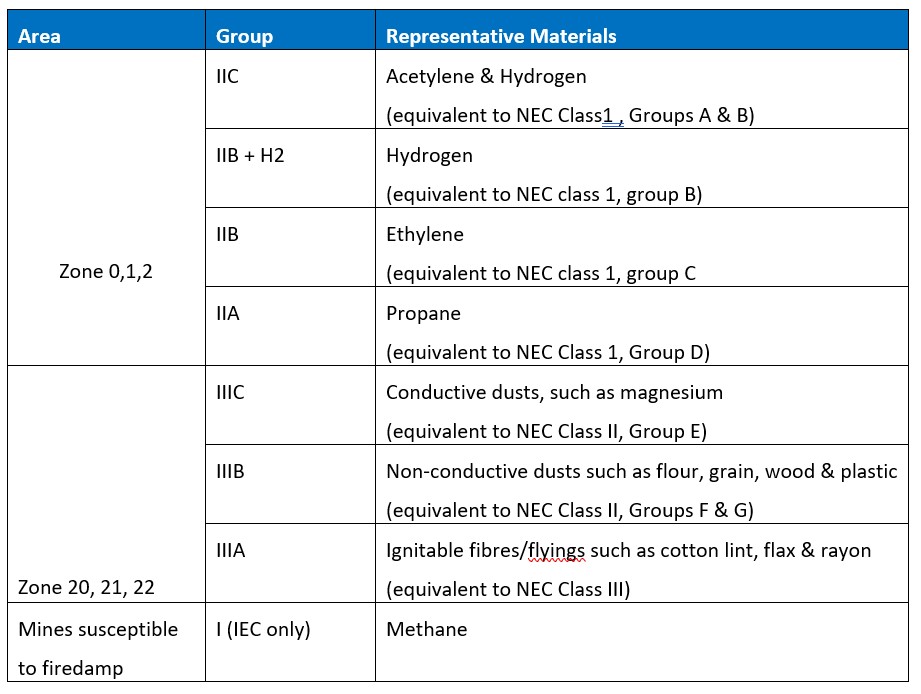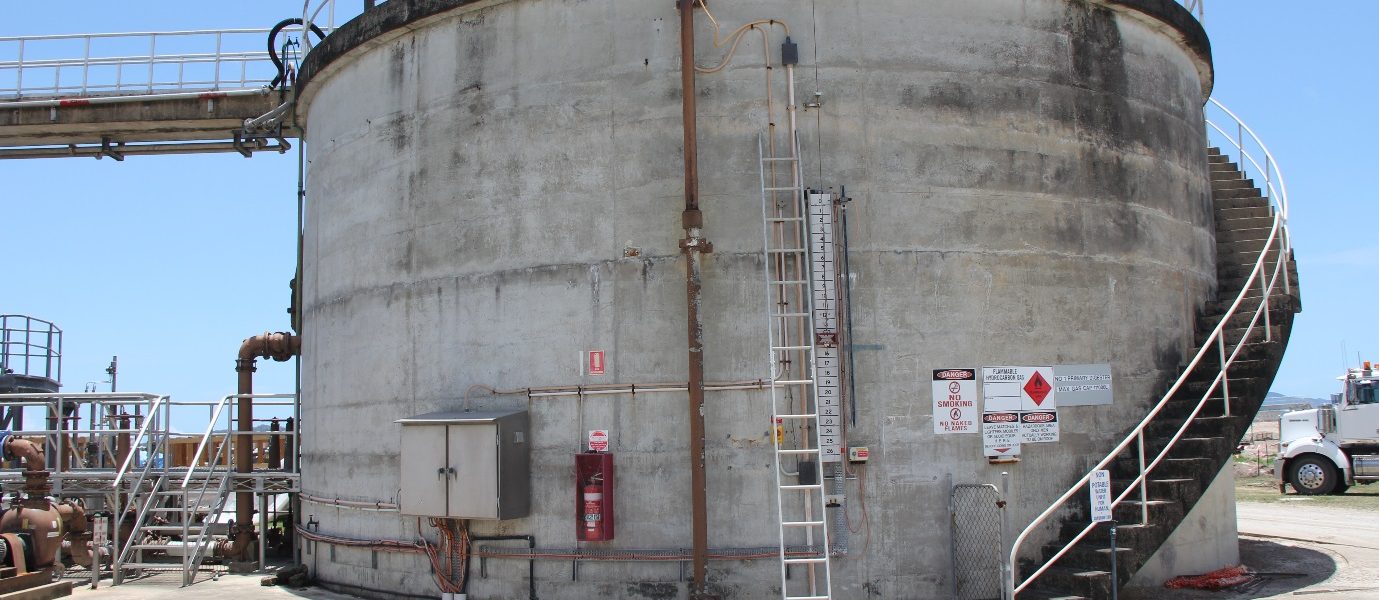Roar Solutions for Dummies
Roar Solutions for Dummies
Blog Article
Getting The Roar Solutions To Work
Table of ContentsThe Only Guide for Roar SolutionsThe Best Strategy To Use For Roar SolutionsThe Single Strategy To Use For Roar Solutions
In such an atmosphere a fire or explosion is possible when 3 standard problems are satisfied. This is often described as the "harmful location" or "burning" triangular. In order to shield installations from a possible explosion an approach of evaluating and classifying a possibly unsafe area is required. The function of this is to make certain the right choice and installment of equipment to eventually stop a surge and to guarantee safety of life.
(https://www.reddit.com/user/roarsolutions1/)
No equipment ought to be mounted where the surface temperature of the devices is more than the ignition temperature of the offered threat. Below are some usual dust harmful and their minimum ignition temperature. Coal Dirt 380C 225C Polythene 420C (thaws) Methyl Cellulose 420C 320C Starch 460C 435C Flour 490C 340C Sugar 490C 460C Grain Dust 510C 300C Phenolic Material 530C > 450C Aluminium 590C > 450C PVC 700C > 450C Residue 810C 570C The chance of the danger being existing in a focus high adequate to create an ignition will differ from place to area.
Unsafe area electric equipment perhaps developed for use in higher ambient temperature levels. Area Repair By Authorised Personnel: Complicated screening may not be needed however specific procedures may require to be complied with in order for the tools to keep its third party rating. Each item of devices with an unsafe rating need to be examined independently.
Roar Solutions Can Be Fun For Everyone
The tools register is a thorough database of equipment documents that includes a minimum set of fields to identify each product's area, technical criteria, Ex classification, age, and ecological data. This info is vital for monitoring and handling the devices efficiently within unsafe areas. In contrast, for periodic or RBI sampling evaluations, the quality will be a combination of Comprehensive and Close inspections. The ratio of Thorough to Close evaluations will certainly be determined by the Devices Threat, which is examined based upon ignition risk (the likelihood of a resource of ignition versus the possibility of a combustible ambience )and the dangerous location category
( Area 0, 1, or 2). This variant will certainly additionally affect the resourcing requirements for work preparation. As soon as Whole lots are defined, you can develop sampling strategies based upon the sample size of each Whole lot, which describes the variety of random devices things to be evaluated. To identify the required sample dimension, 2 facets require to be reviewed: the size of the Great deal and the category of examination, which shows the level of initiative that ought to be applied( reduced, normal, or raised )to the inspection of the Great deal. By incorporating the category of evaluation with the Lot size, you can then establish the appropriate denial criteria for a sample, indicating the allowed number of faulty things located within that example. For even more information on this procedure, please refer to the Energy Institute Standards. The IEC 60079 basic advises that the maximum interval in between inspections should not surpass three years. EEHA inspections will certainly additionally be conducted outside of RBI projects as part of arranged maintenance and devices overhauls or repairs. These evaluations can be credited toward the RBI example sizes within the affected Lots. EEHA inspections are performed to recognize mistakes in electrical equipment. A weighted scoring system is important, as a solitary tool why not check here might have multiple mistakes, each with varying degrees of ignition risk. If the combined rating of both examinations is less than two times the mistake score, the Lot is regarded acceptable. If the Great deal is still thought about inappropriate, it has to undertake a full evaluation or validation, which may trigger stricter examination methods. Accepted Whole lot: The sources of any faults are recognized. If a common failure setting is found, extra tools might call for maintenance. Mistakes are identified by severity( Safety, Honesty, House cleaning ), making certain that urgent problems are analyzed and addressed promptly to mitigate any type of influence on safety and security or operations. The EEHA database should track and tape the lifecycle of faults in addition to the restorative actions taken. Carrying out a robust Risk-Based Inspection( RBI )technique is vital for making sure conformity and safety in managing Electrical Devices in Hazardous Locations( EEHA) (electrical refresher course). Automated Mistake Rating and Lifecycle Monitoring: Easily handle faults and track their lifecycle to improve examination precision. The introduction of this support for risk-based assessment further reinforces Inspectivity's setting as a best-in-class option for regulative compliance, as well as for any type of asset-centric assessment use situation. If you have an interest in discovering more, we invite you to request a demonstration and discover just how our remedy can change your EEHA management processes.
More About Roar Solutions

In terms of eruptive threat, a hazardous area is a setting in which an eruptive environment is present (or may be anticipated to be present) in amounts that need special preventative measures for the building, setup and usage of equipment. electrical refresher course. In this write-up we explore the obstacles encountered in the work environment, the risk control procedures, and the required expertises to work securely
These substances can, in specific problems, form eruptive ambiences and these can have significant and unfortunate consequences. Many of us are acquainted with the fire triangle remove any one of the three elements and the fire can not occur, but what does this mean in the context of dangerous locations?
In most instances, we can do little about the levels of oxygen in the air, however we can have considerable influence on sources of ignition, for instance electrical devices. Harmful locations are documented on the unsafe location classification drawing and are identified on-site by the triangular "EX-SPOUSE" indication. Below, among various other vital information, zones are divided right into three types depending upon the risk, the possibility and period that an explosive atmosphere will certainly exist; Zone 0 or 20 is regarded the most unsafe and Zone 2 or 22 is considered the least.
Report this page